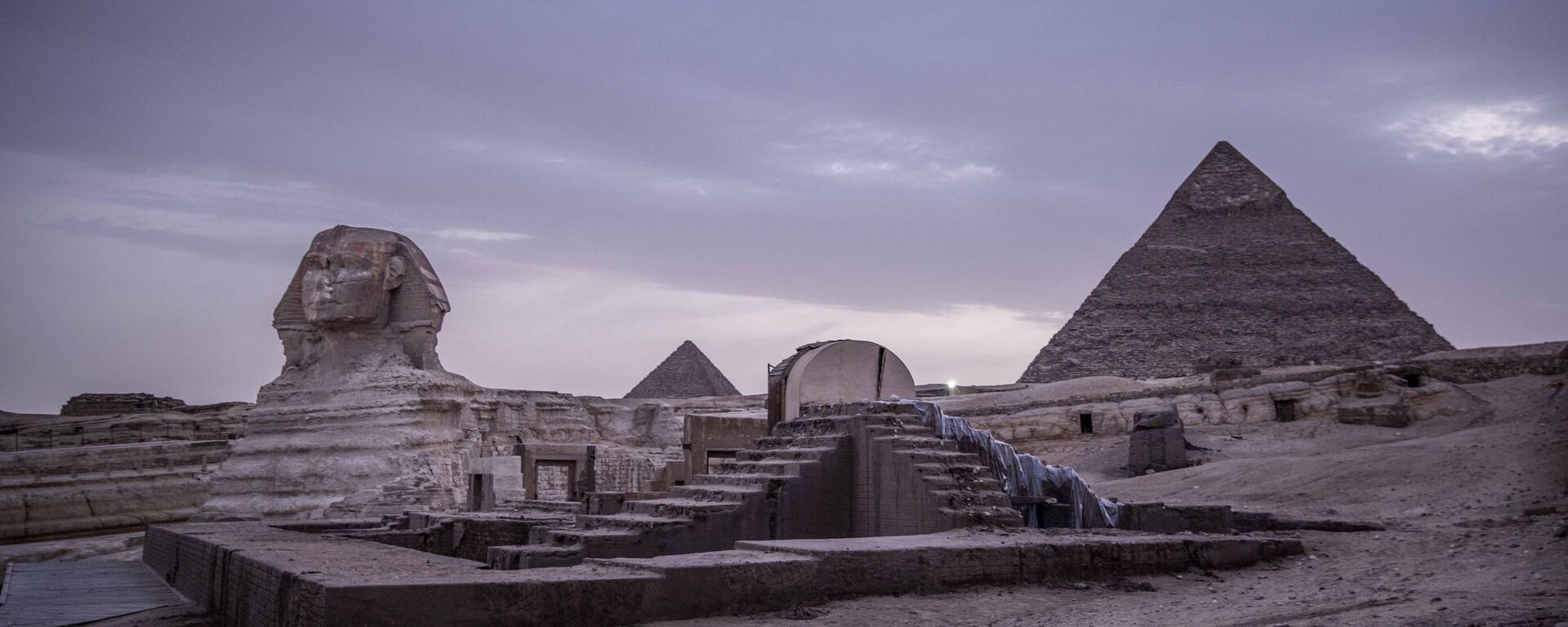Researchers have made a stunning discovery, stumbling upon an original "how to" manual on the minutest secrets of ancient mummification, hidden on the pages of a historic text.
The step-by-step guide was spotted on a 3,500-year-old piece of papyrus called the Papyrus Louvre-Carlsberg manuscript, which bears this name because half of it, with largely specialised medical information, is stored in the Louvre Museum in Paris and the other half belongs to the Papyrus Carlsberg Collection at the University of Copenhagen.
This is the first time the Carlsberg Collection half of the manuscript has been translated and analysed, now serving as the factual basis for a PhD paper by Egyptologist Sofie Schiødt, from the University of Copenhagen. The around 6-metre papyrus adds to the information already gathered from the half stored at the Louvre Museum, covering information about a variety of ancient ailments like skin inflammations, for instance, and ways to combat them.
"The text reads like a memory aid, so the intended readers must have been specialists who needed to be reminded of these details, such as unguent recipes and uses of various types of bandages", said Ms Schiødt, commenting on the procedure considered to be a sacred ritual that required skills and profound knowledge.
The text inscribed on the papyrus envisages a list of instructions for embalming the face of a deceased person, which was done with a piece of red linen soaked in a special plant-based liquid. The solution was made up of aromatic ingredients as well as binders for holding the mixture together, with the wet smelly cloth meant to protect the face from insects, bacteria, and scavengers. This process hasn't been documented before, although experts had previously analysed two other texts on the subject, but the new one is older, Schiødt remarked.
She also said the depicted procedure appears to match up with modern-day research on some of the mummified remains that have been unearthed.
This manuscript offers extraordinary details of the ritual embalming, namely, the full 70-day schedule that was supposedly split into two halves - a 35-day drying period and a 35-day wrapping stint, each divided into shorter four-day intervals.
Body treatment included applying a solution called "natron" after the removal of the organs and the brain, although the use of natron as such wasn't mentioned in this specific text, Schiødt noted.
"A ritual procession of the mummy marked these days, celebrating the progress of restoring the deceased's corporeal integrity, amounting to 17 processions over the course of the embalming period", she explained.




